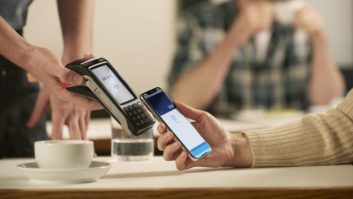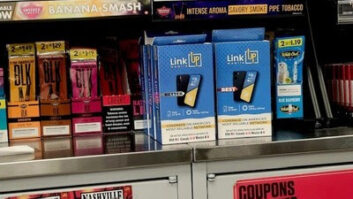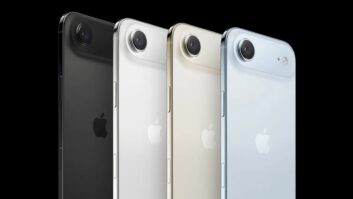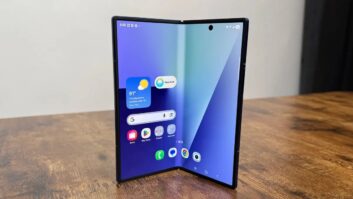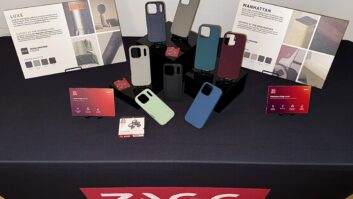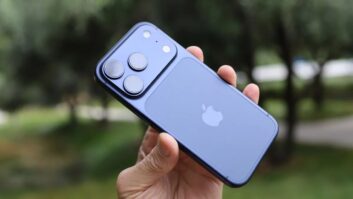
CTIA 2013 Las Vegas — Smartphones will “bring retailing back to its roots of being personal and interactive,” said Gibu Thomas, global head of mobile at Walmart during a keynote speech here at the CTIA convention.
Walmart is using its smartphone shopping app to deliver the “personal and interactive experience that Sam Walton believed in,” Gibu told the audience. “The future is history,” he said.
With Walmart’s app, “information that was in the [store] owner’s head is now at the customer’s fingertips,” Thomas explained.
Walmart is committed to “using wireless to make a better shopping experience inside the store,” he added.
To help customers save time and money, Walmart designed its app to enables shoppers to create a shopping list with what he called the simplicity of paper and pencil, thanks in part to predictive text entry and a voice algorithm that’s advanced enough to distinguish between peanut butter and peanuts and butter, Thomas said.
Ninety percent of Walmart shoppers come into the store with a shopping list, and more than 50 percent own a smartphone, he said. Among Walmart shoppers ages 35 and younger, smartphone ownership shoots up to 75 percent.
Unlike a written shopping list, however, Walmart’s app can show in-store prices and aisle locations of products, helping customers save time, and it calculates the total cost of a shopping trip as users add items to their list.
In the future, the app could recommend specific products, such as gluten-free food items to people with allergies when users create their shopping list. Also in the future, if a product is out-of-stock in a nearby brick-and-mortar store, the app could recommend products available on Walmart’s website. The company could then ship the product to the customer’s house or to the store for pickup.
The retailer is also working to leverage big data to enable the app to generate a predictive shopping list based on past purchases so consumers don’t forget to buy something they need, Thomas said.
With the app’s geo-fencing capability, the app knows which store its user is in. When a shopper enters a store, the shopper will be prompted to put the app into Store Mode when they launch the app. The app will then provide quick access to the user’s shopping list and highlight new products in that particular store.
Shoppers can also use the app in a store to view in-stock products that meet their budget requirements. A consumer shopping for a toy but not wanting to spend more than $30 will be presented with the best-selling $30 toys in that particular store, Thomas said.
Since the beginning of the year, the retailer has been testing a new app feature called Scan and Go, enabling users to scan a product as they put it into a shopping cart, then go to the checkout counter to pay for the entire shopping cart with a single scan, Thomas said.
During his keynote, Thomas also said that smartphone’s drive 30 percent of Walmart’s online traffic and that during the holidays, the percentage rises to as much as 40 percent.




